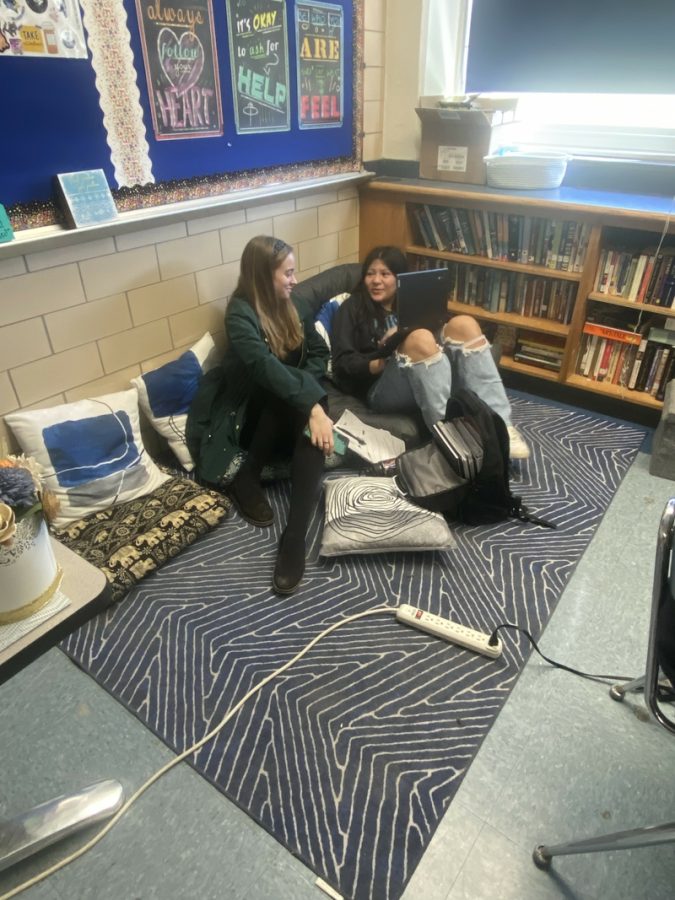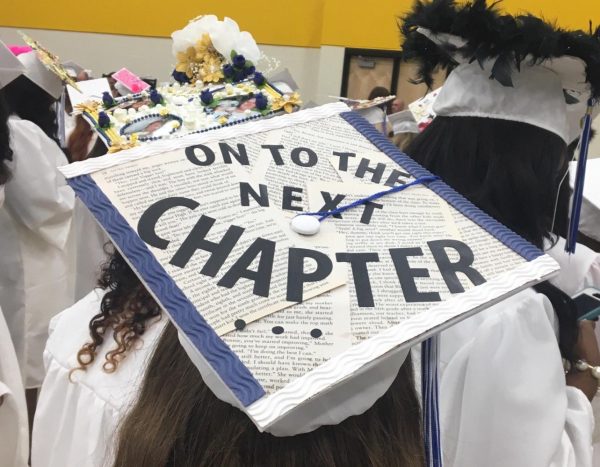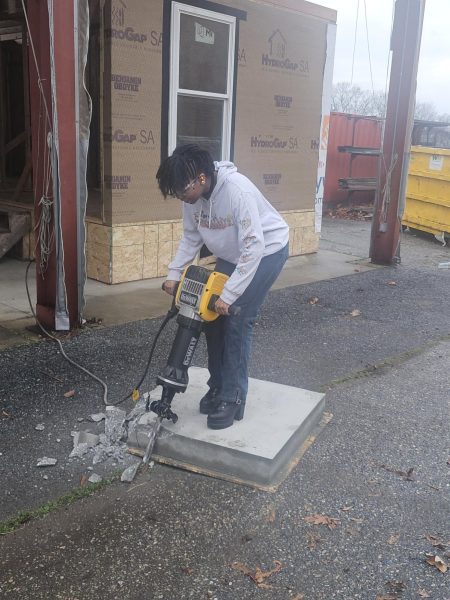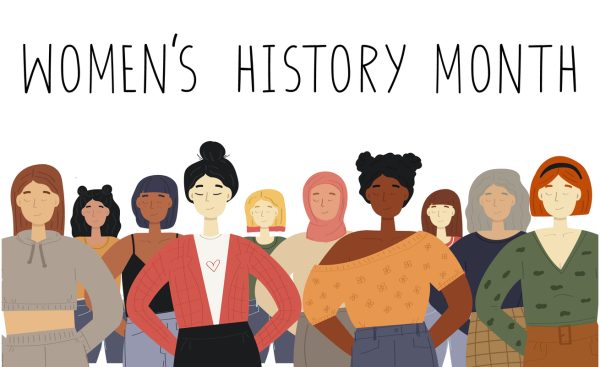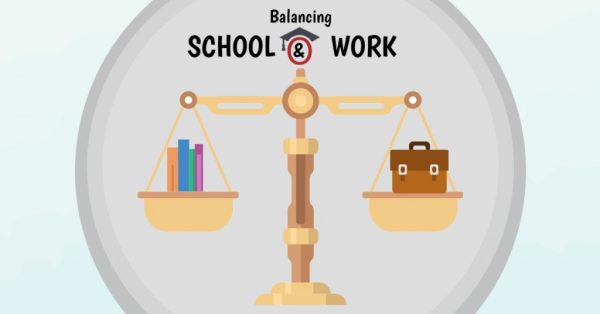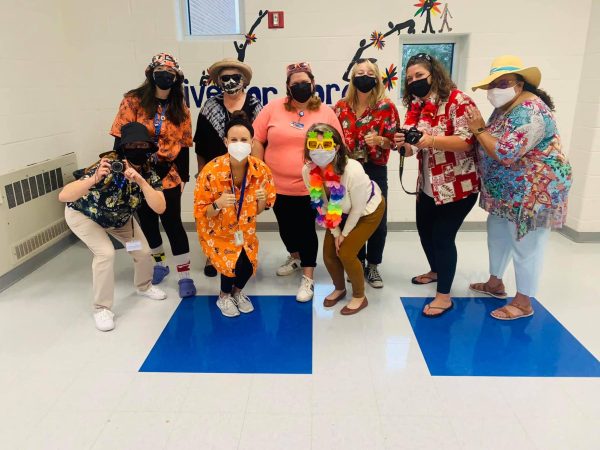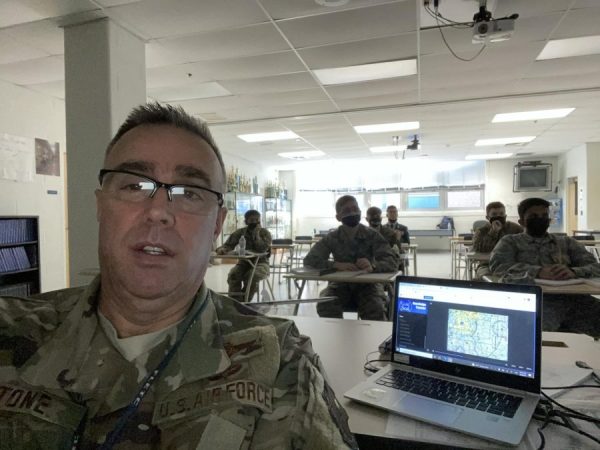Flexible Seating in Classrooms Give Students Comfort While Learning
March 10, 2023
Flexible seating is a trend in education that has been explored in classrooms for about the last decade. Flexible seating gives a variety of seating options for students.
As you walk around Kenwood’s classrooms and peak in rooms you can see things like couches, stools, yoga balls, tall chairs, bean bags, and a variety of other alternative ways to sit in class besides the standard metal chair and desk.
This gives students the free will of picking out where they choose to sit. Students may have assigned seats, however, they could be allowed to roam freely to other locations that they feel most comfortable with, depending on the teacher.
Kenwood English teacher Ms. Single is a fan of flexible seating in her classroom. “I think it allows for some alteration of posture and gives pulls away from the “formality” of sitting in desks; my cozy corner is relaxing, and my high table is always popular seating choice. These options allow students to be comfortable either spreading out, working with others, working alone, switching up their working groups, etc. I think these flexible options gives them a sense of ownership in the classroom,” she shares.
Imagine you’re at home in the comfort of your bed, couch, or any place you like to sit at. Because you are more comfortable, stress is reduced and you’re able to complete more tasks. Flexible seating in the classroom can be used for almost any subject and activity including small groups, independent reading, or other similar activities.
Although there are many upsides to flexible seating such as it being more comfortable than those metal chairs, fun, and overall could help students learn better, just like anything else there can be cons. Students may take advantage of their teachers, hiding in classroom lounge areas to avoid work rather than completing work.
Flexible seating arrangements are often provided by teachers from their own funds and items they can collect that others in or out of the school that others may no longer want. Some classrooms are small and crowded as is, making it hard to use up space for flexible seating. For those that provide it though, it’s become a trend students enjoy.
Junior Zenaida loves taking advantage of flexible seating in her classes. “Flexible seating makes me feel comfortable and relaxed to get more focused to do my work,” she shares.
Both students and teachers seem to agree the pros outweigh the cons and in the last few years both have found it a fun addition to Kenwood classrooms.
Site: click here.
